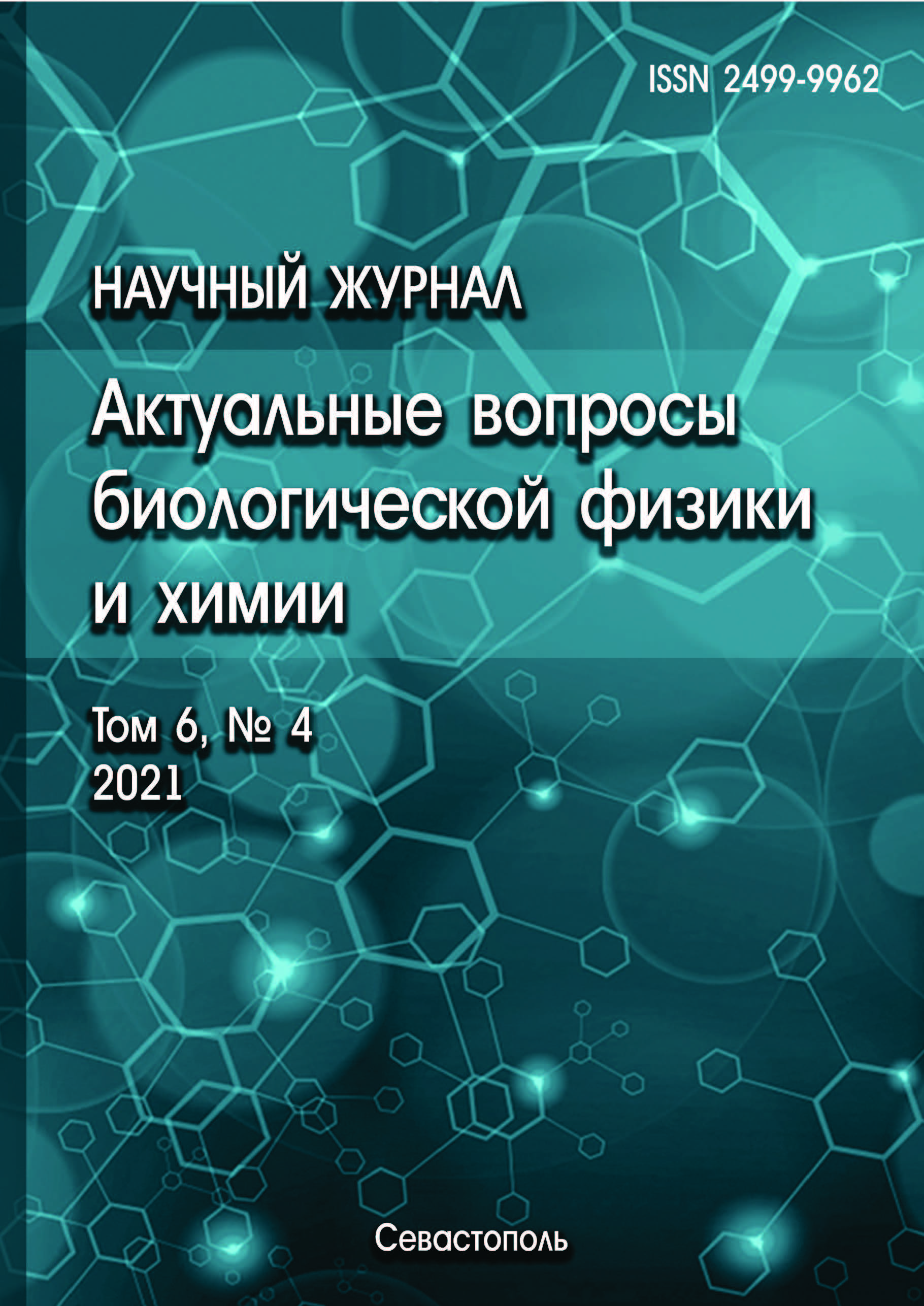Voronezh, Voronezh, Russian Federation
Cysteine proteases are widespread in nature, as well as they are an important link in physiological and biochemical processes in all living organisms. Precise control of their proteolytic activity is essential for the proper functioning of whole cells and organisms. The work investigated the interaction of papain with inhibitors of various natures. The amino acid composition of the binding sites was determined using the LigPlot software. Amino acid residues that are in direct contact with the analyzed compounds have been identified. The presence of both hydrophobic interactions and hydrogen bonds was shown. The latter are formed in the following amounts: 4 with methyl ester of N - tert -butyloxycarbonyl-phenyl-glycine with the participation of 3 amino acid residues; 3 with succinyl-Gln-Val-Val-Ala-Ala- p -nitroanilide and loxystatinic acid (E64-c) with the participation of 3 residues; 2 with chloromethyl ketone with the participation of one residue. In the implementation of hydrophobic interactions with loxystatinic acid, 10 amino acid residues are involved, 13 amino acid residues each with N - tert -butyloxycarbonyl-phenyl-glycine methyl ester, chloromethyl ketone and succinyl-Gln-Val-Val-Ala-Ala- p -nitroanilide. It was found that in the case of binding of papain to succinyl-Gln-Val-Val-Ala-Ala- p -nitroanilide, no overlapping of the amino acids of the active center occurs, which may indicate inhibition of the enzyme by this compound by changing the spatial structure of the biocatalyst. The data presented in this work can be used to study the nature of the interaction of papain-like cysteine proteases with their inhibitors.
papain, inhibitors, amino acid composition, in silico analysis
1. Vasiljeva O., Reinheckel T., Peters C., Turk D., Turk V., Turk B., Emerging roles of cysteine cathepsins in disease and their potential as drug targets. Current pharmaceutical design, 2007, vol. 13, no. 4, pp. 387-403.
2. Berdowska I., Ski M. The role of cysteine cathepsins and their inhibitors in physiological and neoplastic processes. Postepy biochemii, 2000, vol. 46, no. 1, pp. 73-84.
3. Memmert S., Damanaki A., Nogueira A.V., Eick S., Nokhbehsaim M., Papadopoulou A.K., Deschner J. Role of cathepsin S in periodontal inflammation and infection. Mediators of inflammation, 2017, vol. 2017, pp. 2017.
4. Ndao M., Nath-Chowdhury M., Sajid M., Marcus V., Mashiyama S.T., Sakanari J., Caffrey C.R. A cysteine protease inhibitor rescues mice from a lethal Cryptosporidium parvum infection. Antimicrobial agents and chemotherapy, 2013, vol. 57, no. 12, pp. 6063-6073.
5. Rosenthal P.J. Falcipains and other cysteine proteases of malaria parasites. Cysteine proteases of pathogenic organisms, 2011, vol. 30, p. 48.
6. Zhang L., Lin D., Sun X., Curth U., Drosten C., Sauerhering L., Hilgenfeld R. Crystal structure of SARS-CoV- main protease provides a basis for design of improved α-ketoamide inhibitors. Science, 2020, vol. 2, pp. 409-412. DOI: https://doi.org/10.1126/science.abb3405; EDN: https://elibrary.ru/RVPYVJ
7. Sajid M., McKerrow J.H., Cysteine proteases of parasitic organisms. Molecular and biochemical parasitology, 2002, vol. 120, no. 1, pp. 1-21.
8. Stoch S.A., Wagner J.A., Cathepsin K inhibitors: a novel target for osteoporosis therapy. Clinical Pharmacology & Therapeutics, 2008, vol. 83, no. 1, pp. 172-176.
9. Hellinger R., Gruber C.W., Peptide-based protease inhibitors from plants. Drug discovery today, 2019, vol. 24, no. 9, pp. 1877-1889. DOI: https://doi.org/10.1016/j.drudis.2019.05.026; EDN: https://elibrary.ru/DXENQO










